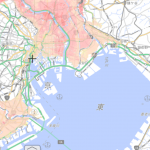Japanese food culture is well known for the balance in the beauty of its appearance and nutrition value, and has been honored by UNESCO as Japan’s intangible culture heritage in 2013. The use of natural ingredients with cooking techniques that emphasize the inner flavor of each ingredients; and the overall expression of Japanese cuisine from garnish to the choice of tableware is a kind of art unique to Japanese culture.
Izakaya in Japan
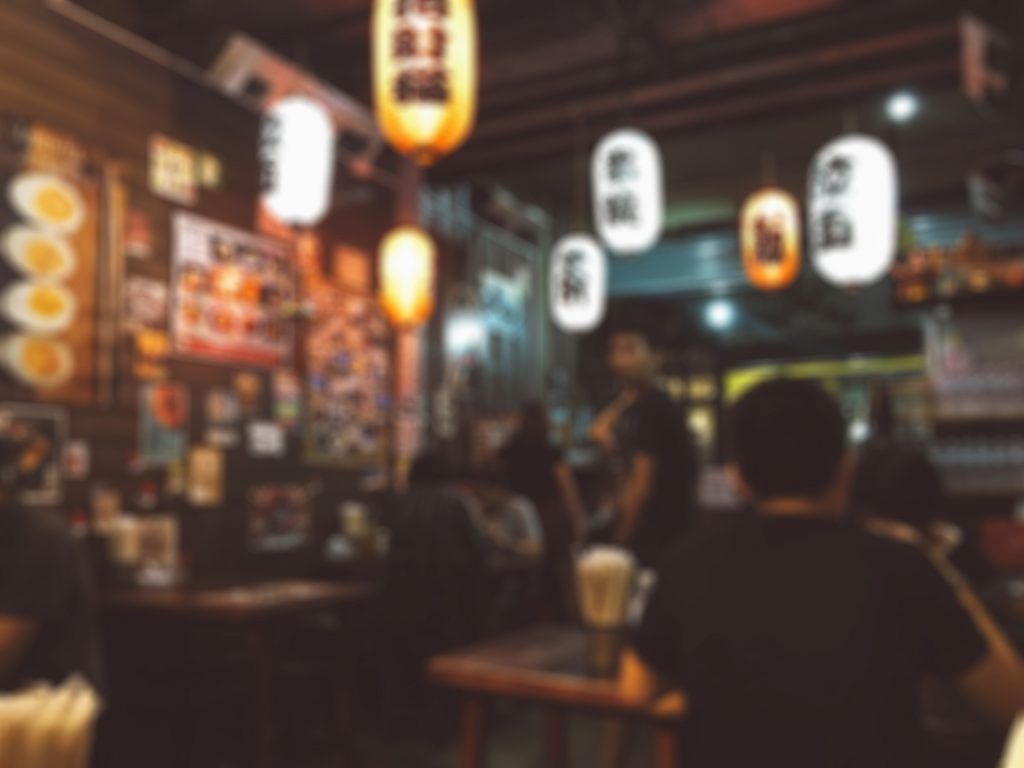
Contrastingly, Japanese culinary tradition also has a casual side to it – izakaya.
Izakaya are similar to tapas bars, a type of casual restaurants providing a variety of small dishes and alcohol beverages. They range from small local-run restaurants to chained restaurants that has joints all over Japan.
Menu with Pictures
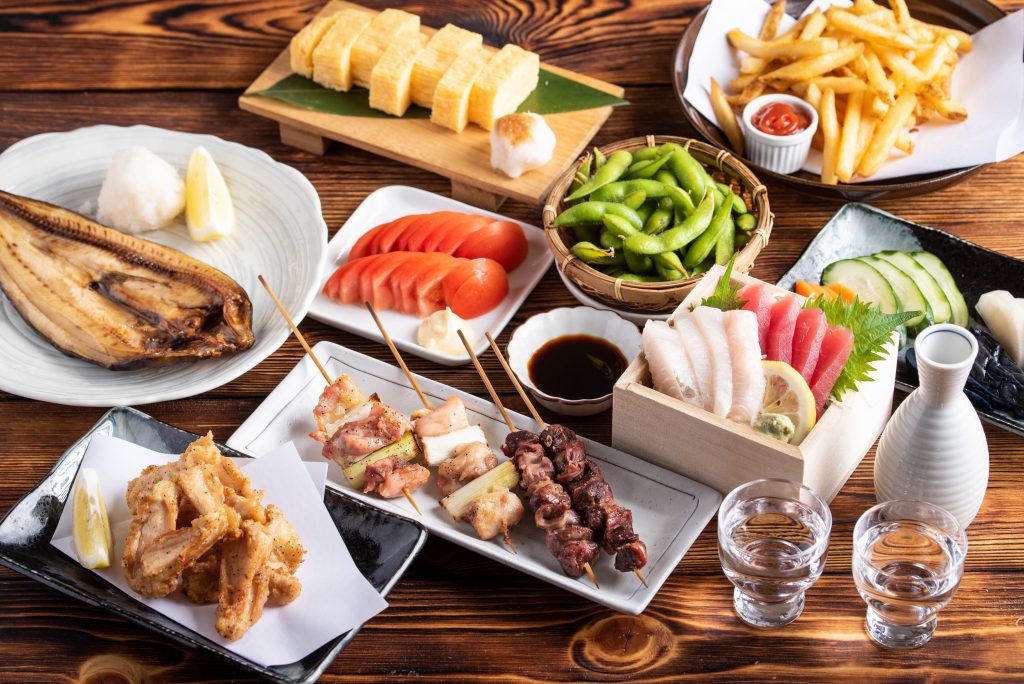
The menu of izakaya is usually composed of a wide variety of Japanese dishes to even global cuisine in some places. Common dishes include sashimi, seafood, fried foods, pickles, yakitori (grilled chicken skewers), rice and noodles. Japanese fusion pasta, pizza and grills can be found in some places as well.
For local run izakaya, menu are usually written in Japanese only and may be hard to understand for non-Japanese speakers. However, in most franchised izakaya, menu offered in other languages, colorful pictures of the dishes are available making the ordering process easier. Some of the iconic dishes in izakaya are edamame, grilled fishes (mackerel, squid). Each dishes comes in small serving and costs about 600 JPY or above depending on what you order. It is common to order a few dishes and share.
The most important part of izakaya, I would say, is the beverage list.
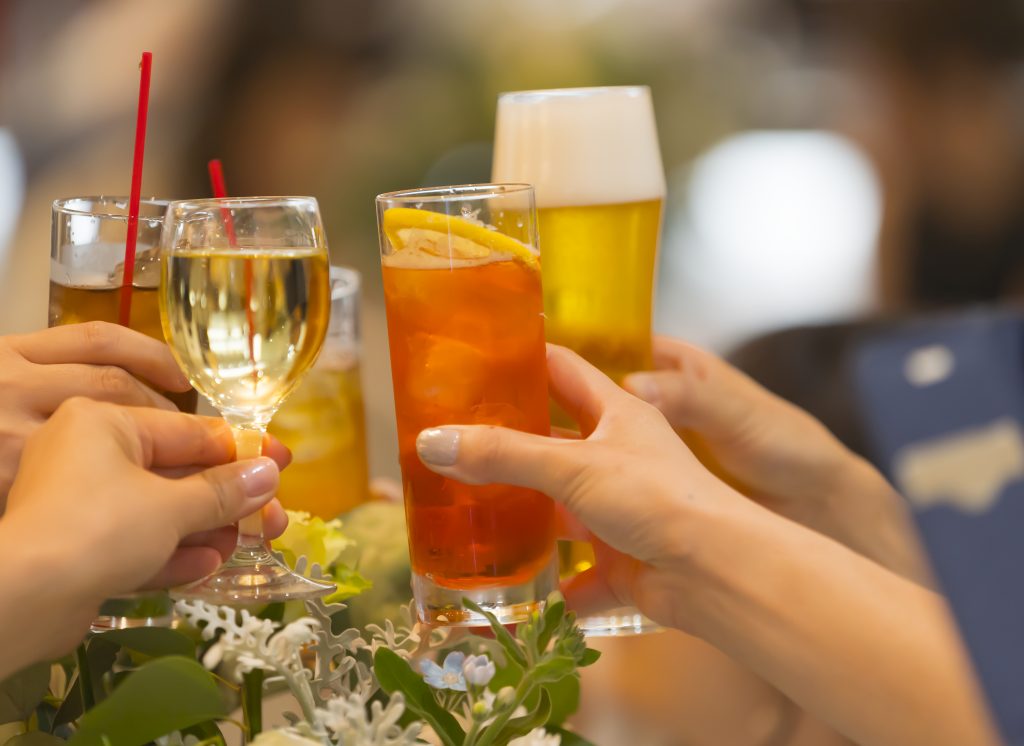
A diversity of drinks can be found in izakaya such as japanese sake, sochu, beer, cocktails, and wine. Cocktails in izakaya are a little different from the one that most people are familiar with.
In Japan, izakaya cocktails usually refer to a mixture of japanese sochu with fruit juice or fresh fruits.
Drinks might be a little challenging for non-japanese speakers especially for japanese sake and sochu as there is no way to translate. Drinks are all provided in reasonable price with all you can drink plan that costs around 2,000JPY for a set time of 90 minutes ~ 120 minutes.
Social Platform
In Japan, izakaya are popular social platforms for friends and coworkers to gather and grab a drink after work. They are usually found near major train stations and are opened from evening to midnight. Izakaya can get crowded starting from 7pm, especially on Fridays and Saturdays. To avoid waiting in line, I suggest going early. Some izakaya even offer happy hours before 7pm with half priced foods and drinks.
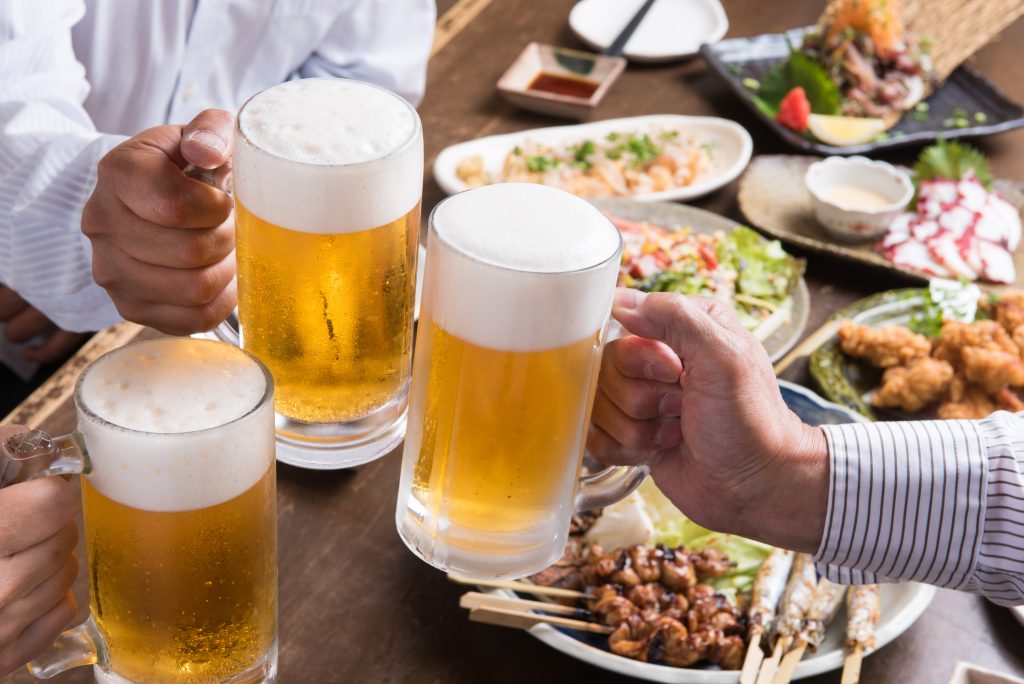
In Tokyo, you can find izakaya in almost all major train stations. Besides sushi and ramen, I also suggest going to izakaya to experience another side of Japanese food culture.
Just be aware that the legal age to drink in Japan is 20 and guests under 20 may be rejected in most izakaya.






